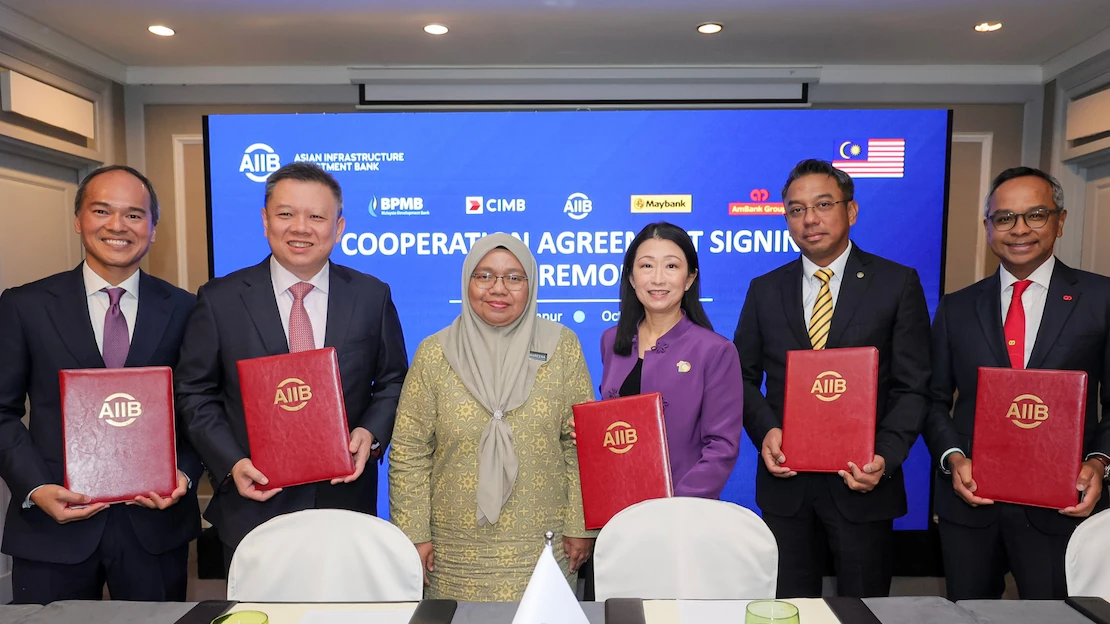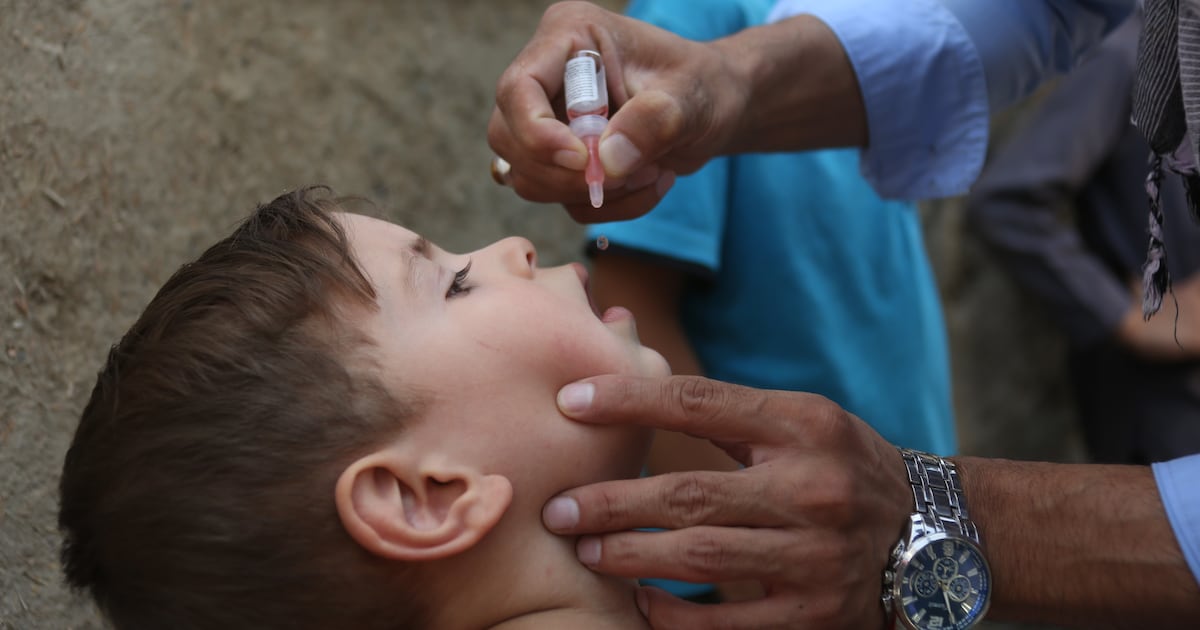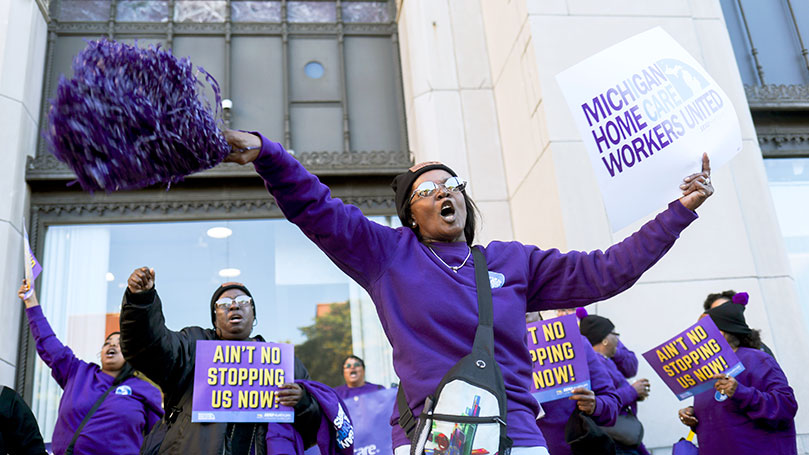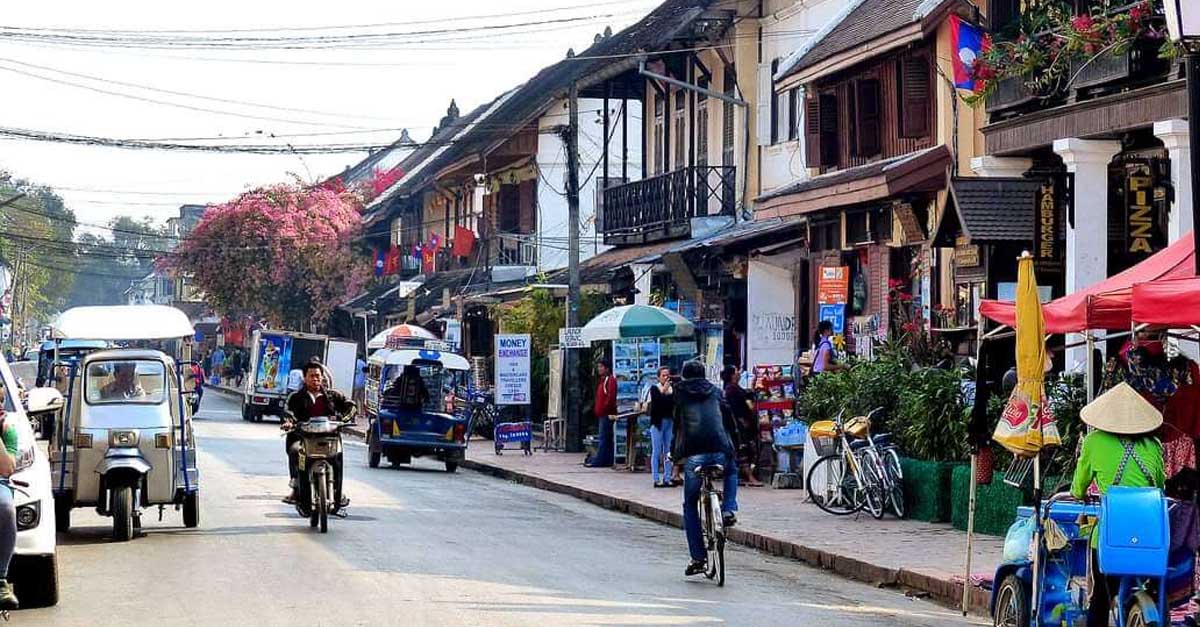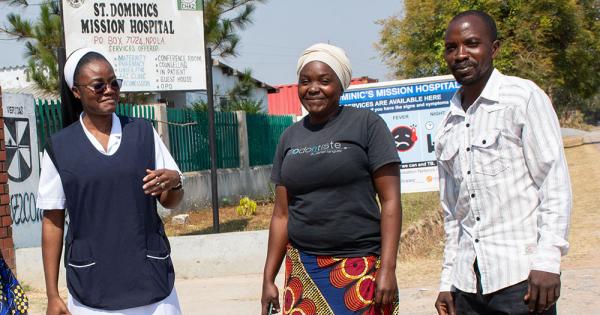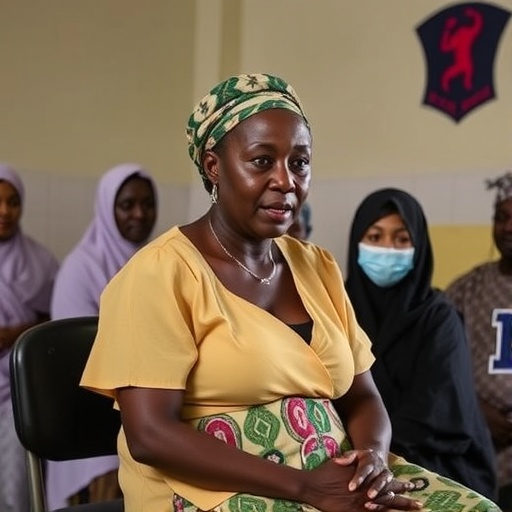City Council launches $3M initiative to support immigrant survivors of domestic violence – qns.com

New $3 Million Initiative Supports Immigrant Survivors of Gender-Based Violence in New York City
Introduction
Queens Council Members Sandra Ung, Linda Lee, and Shekar Krishnan, alongside Brooklyn Council Member Susan Zhuang and advocates against gender-based violence, announced a new $3 million initiative at City Hall. This program funds organizations providing culturally competent services to immigrant survivors of domestic violence, aligning with the United Nations Sustainable Development Goals (SDGs), particularly SDG 5 (Gender Equality) and SDG 10 (Reduced Inequalities).
Overview of the Culturally Specific Gender-Based Violence Initiative
The initiative allocates $3 million to organizations delivering essential services such as:
- Interpretation services
- Referrals to appropriate resources
- Counseling
- Legal representation for U Visas and T Visas
These services specifically target immigrant survivors of gender-based violence, addressing disparities caused by underreporting and language barriers within immigrant communities.
Collaborative Efforts and Participating Organizations
The initiative was celebrated in partnership with The Collective, a coalition of culturally-specific gender-based violence service providers serving immigrant and BIPOC survivors in New York City. Key participating organizations include:
- Korean American Family Service Center
- Sauti Yetu Center for African Women
- Safe Horizon
- Turning Point for Women + Families
- Womankind
- Asiyah Women’s Center
- Women for Afghan Women
Impact on Sustainable Development Goals
This initiative advances several SDGs by:
- SDG 5 (Gender Equality): Empowering survivors of gender-based violence through culturally sensitive support.
- SDG 10 (Reduced Inequalities): Addressing language and cultural barriers that prevent immigrant survivors from accessing services.
- SDG 16 (Peace, Justice and Strong Institutions): Providing legal representation and pathways to justice for survivors.
Statements from Key Officials and Advocates
- Sandra Ung: Highlighted the initiative as a critical step to overcome cultural and language barriers, ensuring immigrant survivors are not isolated and have access to safety and justice.
- Shekar Krishnan: Described the funding as historic, emphasizing the importance of reaching victims in their languages and cultural contexts.
- Linda Lee: Called gender-based violence a “hidden epidemic” disproportionately affecting immigrant New Yorkers and stressed the need for culturally and linguistically competent resources.
- Susan Zhuang: Noted that language barriers can be deadly and praised the initiative as a life-saving advancement for survivors.
- Council Speaker Adrienne Adams: Co-sponsored the legislation and underscored the role of culturally competent support in overcoming fear, stigma, and language barriers.
Voices from the Community
- Zeinab Eyega, Executive Director of Sauti Yetu Center for African Women: Described the funding as a lifeline empowering immigrant survivors to reclaim their lives with safety and dignity.
- Kelly Coyne, Chief Program Officer at Safe Horizon: Emphasized that access to legal representation and wraparound services makes New York City safer for immigrant communities.
- Yasmeen Hamza, CEO of Womankind: Highlighted the funding’s role in supporting survivors and their families on their healing journeys.
Conclusion
The $3 million Culturally Specific Gender-Based Violence Initiative represents a significant advancement in supporting immigrant survivors of domestic violence in New York City. By providing culturally and linguistically appropriate services, the initiative promotes inclusivity, justice, and equality in line with the Sustainable Development Goals, ensuring that no survivor is left behind due to cultural or language barriers.
1. Sustainable Development Goals (SDGs) Addressed or Connected
- SDG 5: Gender Equality
- The article focuses on combating gender-based violence, particularly domestic violence against immigrant and BIPOC survivors.
- It highlights culturally competent services to empower survivors and promote gender equality.
- SDG 10: Reduced Inequalities
- The initiative targets immigrant communities, addressing disparities in access to services due to language and cultural barriers.
- It aims to reduce inequalities faced by marginalized groups in New York City.
- SDG 16: Peace, Justice and Strong Institutions
- The article discusses legal representation for survivors, including U Visas and T Visas, supporting access to justice.
- It promotes safe and inclusive societies by supporting victims of violence.
2. Specific Targets Under Those SDGs Identified
- Under SDG 5: Gender Equality
- Target 5.2: Eliminate all forms of violence against women and girls in public and private spheres, including trafficking and sexual and other types of exploitation.
- Target 5.3: Eliminate harmful practices, including child, early and forced marriage and female genital mutilation (implied through culturally competent services).
- Under SDG 10: Reduced Inequalities
- Target 10.2: Empower and promote the social, economic and political inclusion of all, irrespective of age, sex, disability, race, ethnicity, origin, religion or economic or other status.
- Under SDG 16: Peace, Justice and Strong Institutions
- Target 16.3: Promote the rule of law at the national and international levels and ensure equal access to justice for all.
- Target 16.7: Ensure responsive, inclusive, participatory and representative decision-making at all levels (implied through community-specific initiatives).
3. Indicators Mentioned or Implied to Measure Progress
- Indicators related to SDG 5:
- Number of survivors of gender-based violence accessing culturally competent services (interpretation, counseling, legal aid).
- Rates of reported domestic violence cases in immigrant communities (to track underreporting and improvements).
- Indicators related to SDG 10:
- Access to services by immigrant and BIPOC survivors measured by language and cultural competence availability.
- Reduction in disparities in service provision and support among marginalized groups.
- Indicators related to SDG 16:
- Number of legal representations provided for U Visas and T Visas to survivors.
- Number of survivors receiving counseling and referrals leading to justice and safety.
4. Table: SDGs, Targets and Indicators
| SDGs | Targets | Indicators |
|---|---|---|
| SDG 5: Gender Equality |
|
|
| SDG 10: Reduced Inequalities |
|
|
| SDG 16: Peace, Justice and Strong Institutions |
|
|
Source: qns.com

What is Your Reaction?
 Like
0
Like
0
 Dislike
0
Dislike
0
 Love
0
Love
0
 Funny
0
Funny
0
 Angry
0
Angry
0
 Sad
0
Sad
0
 Wow
0
Wow
0






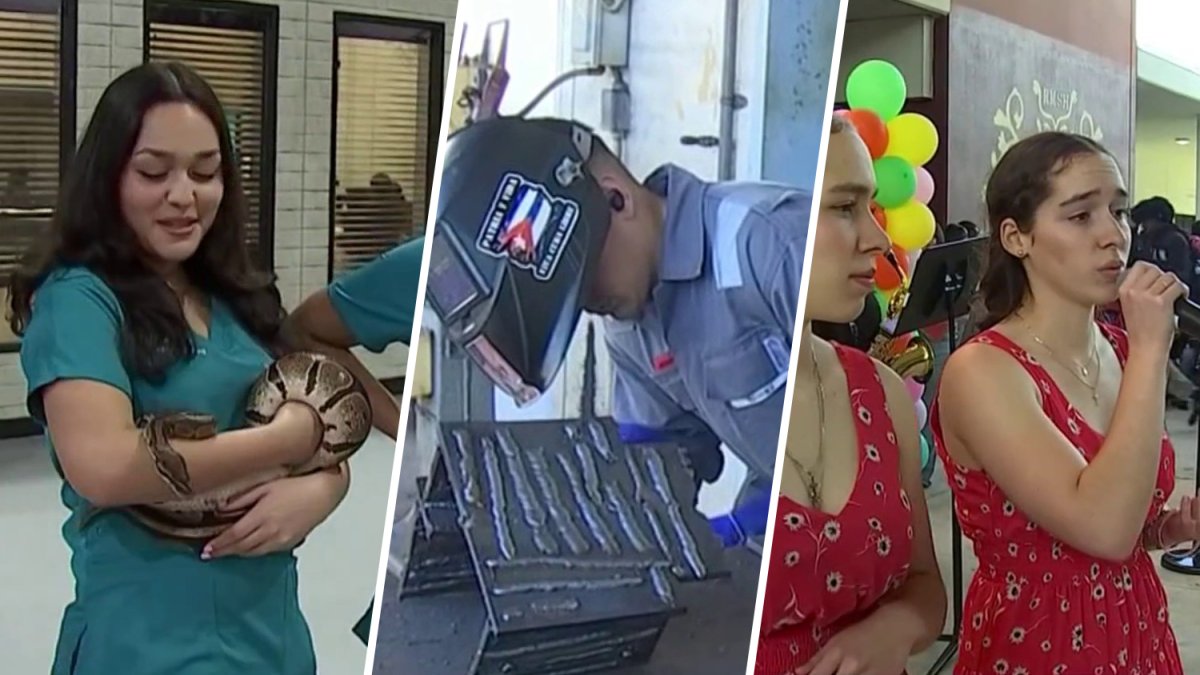
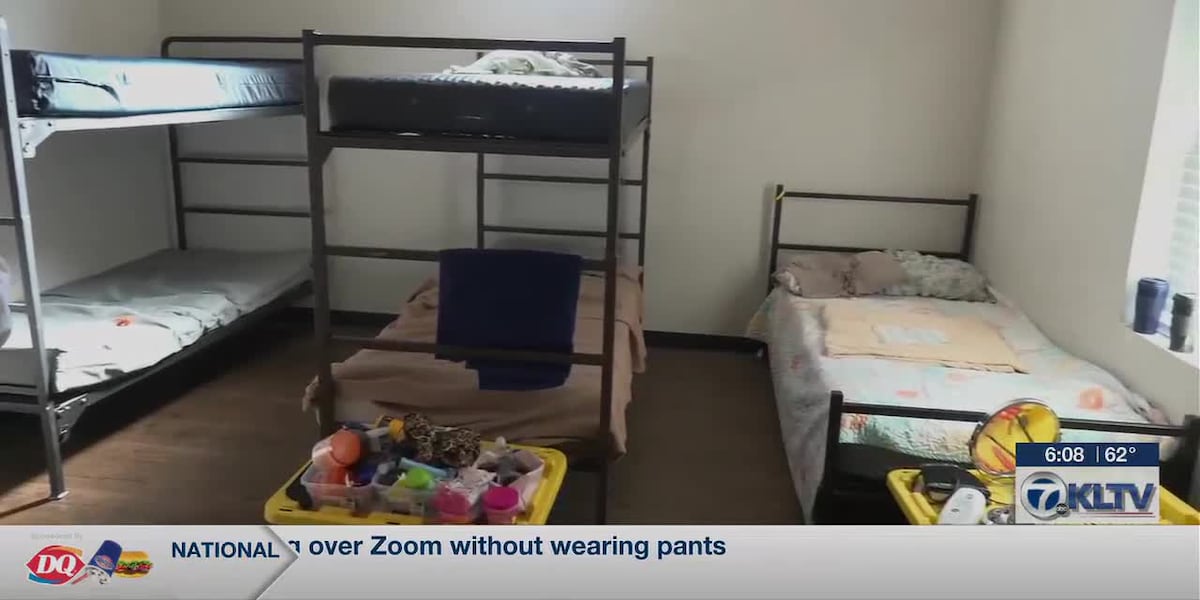



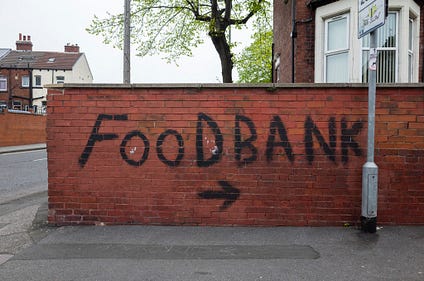

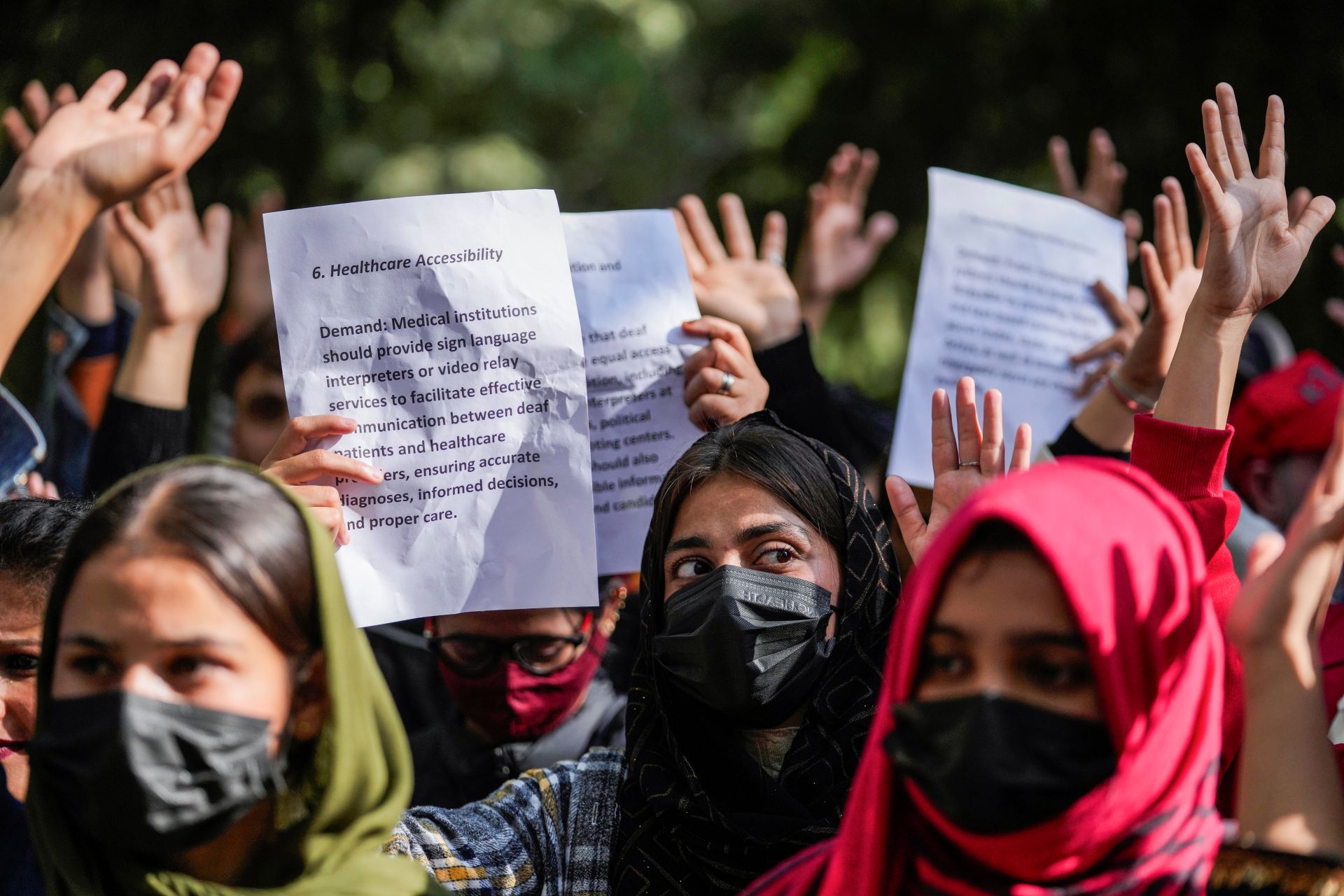













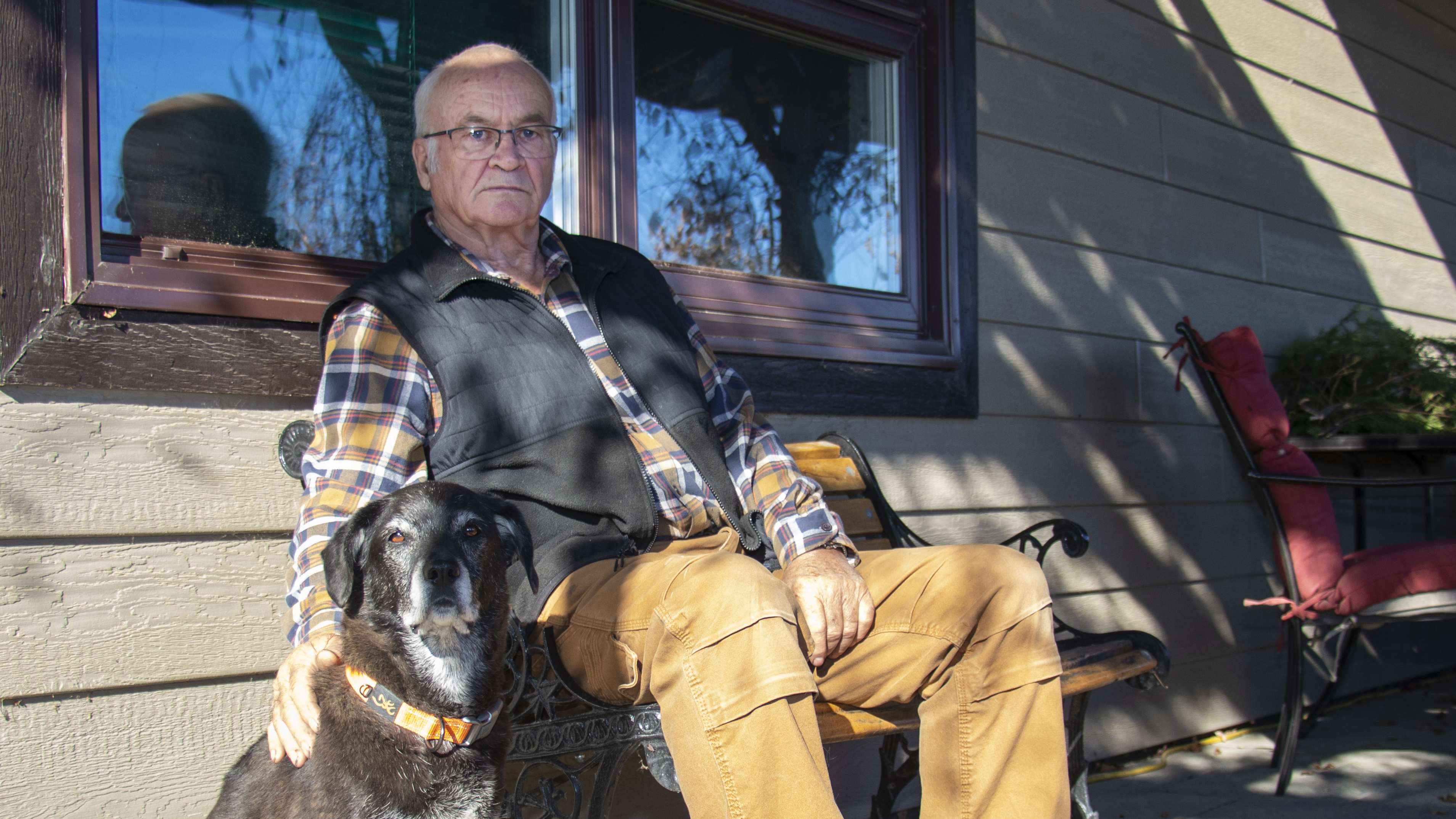;Resize=805#)



















